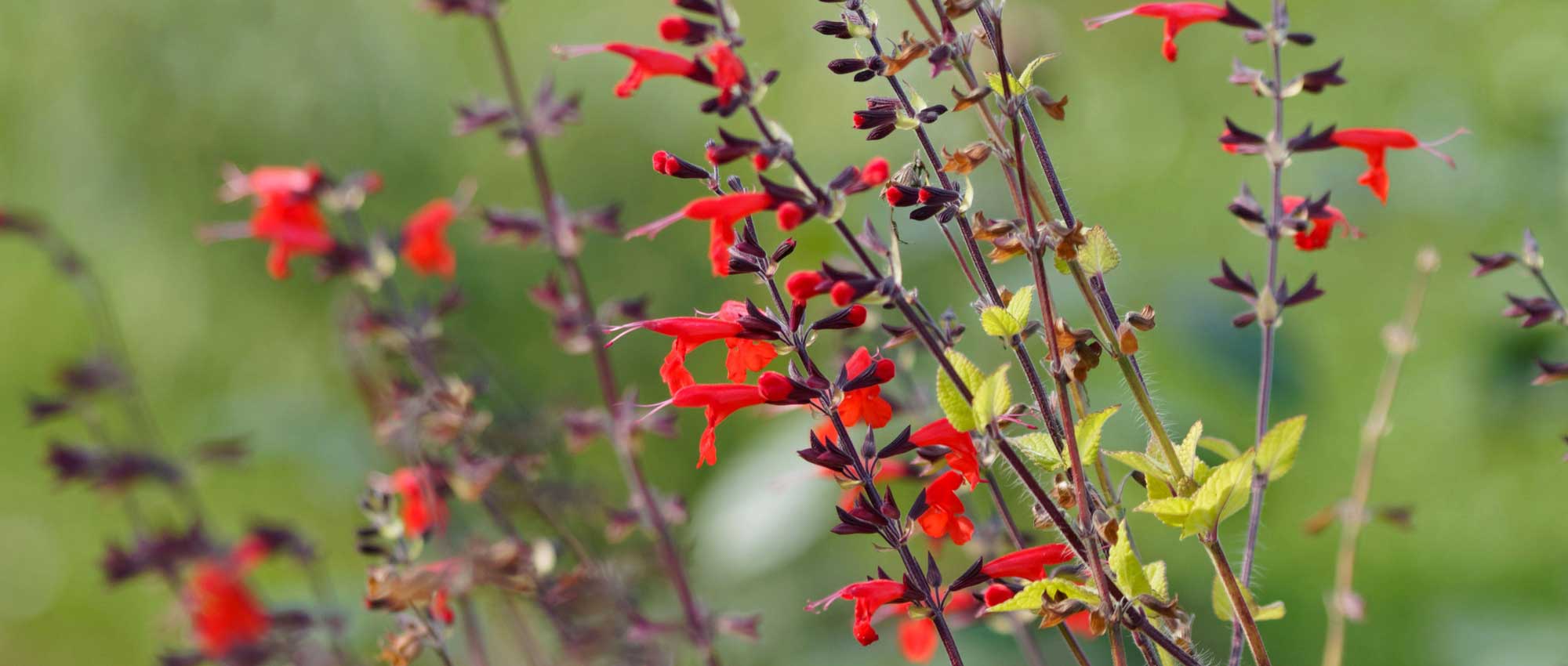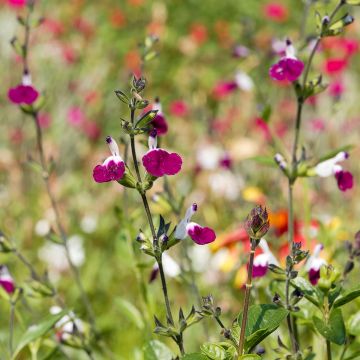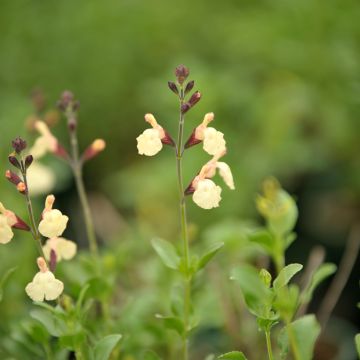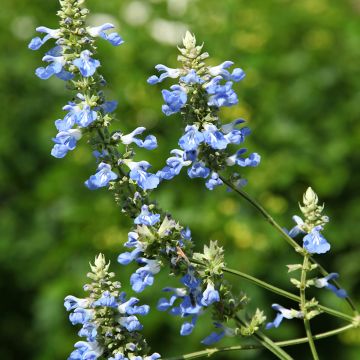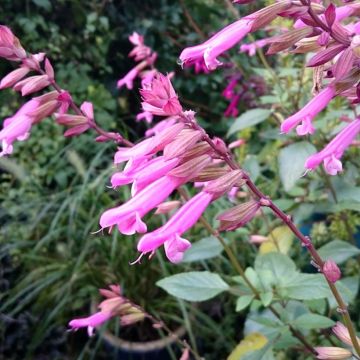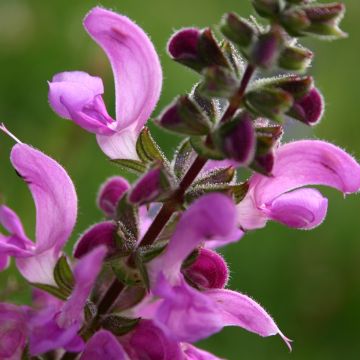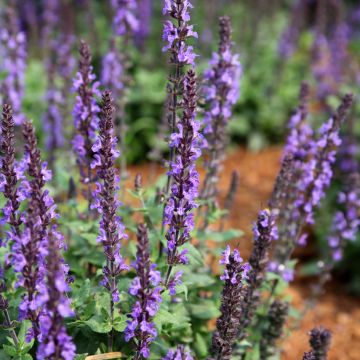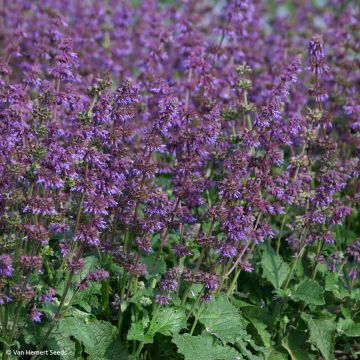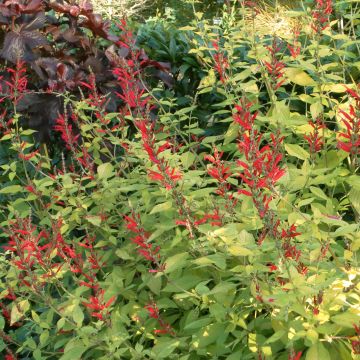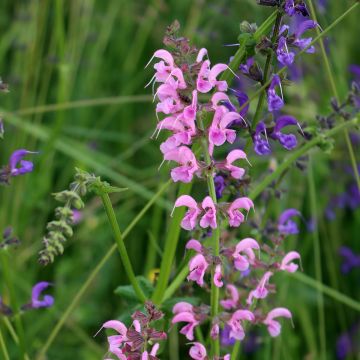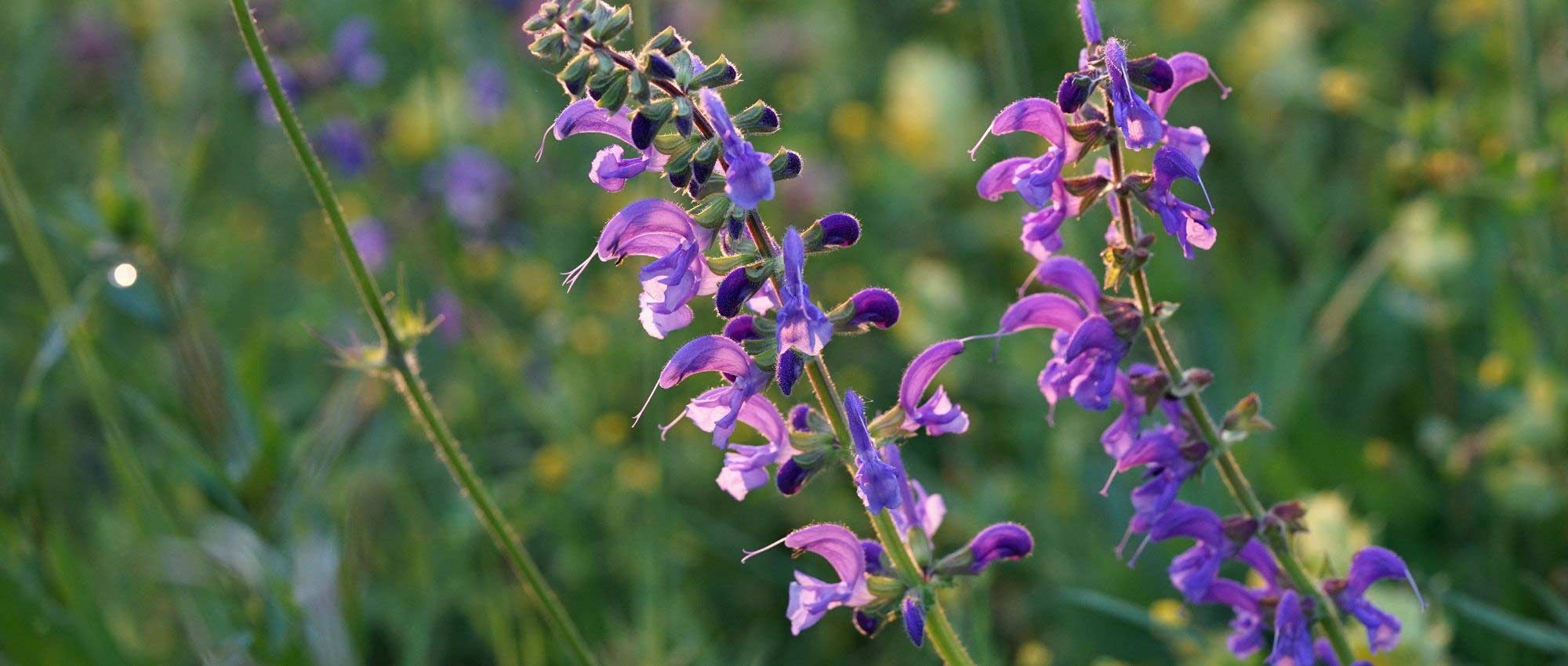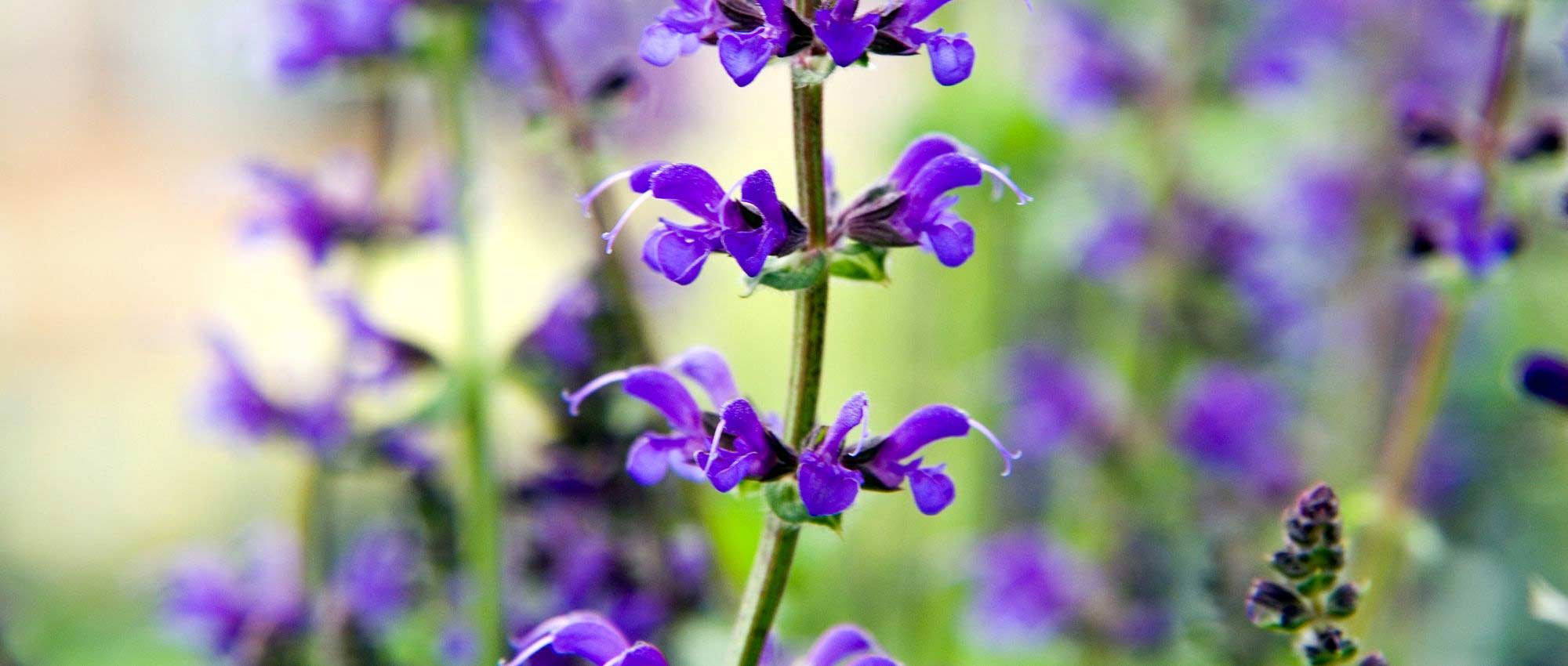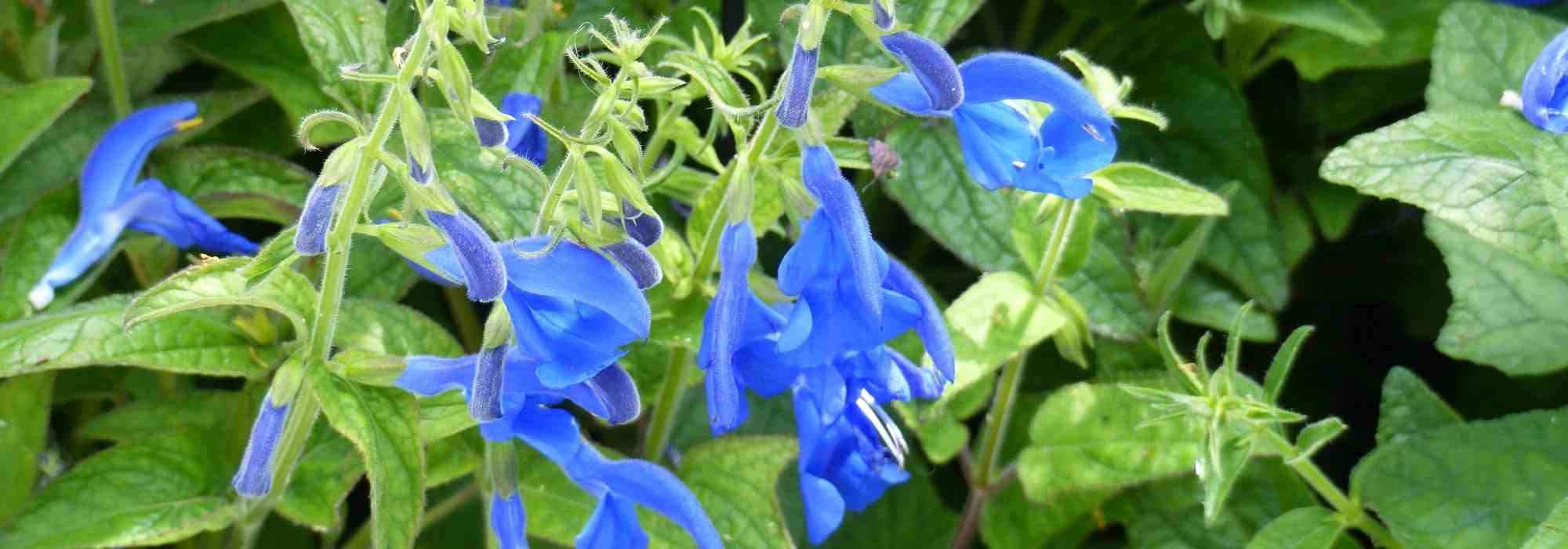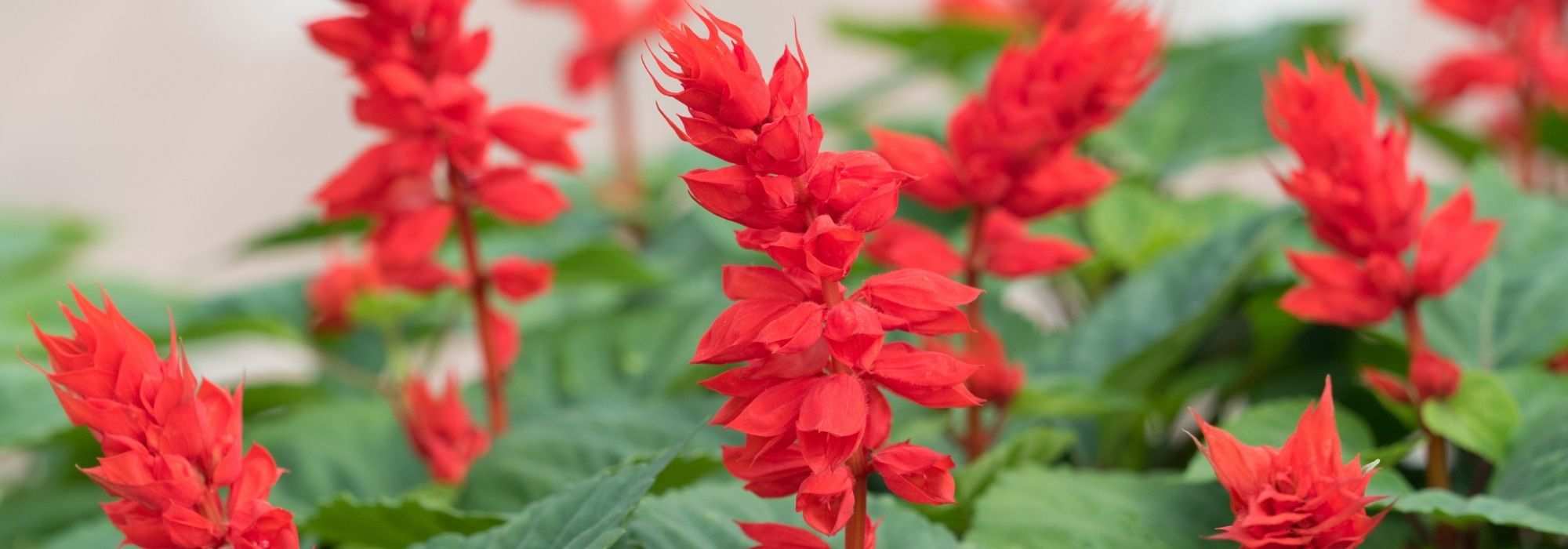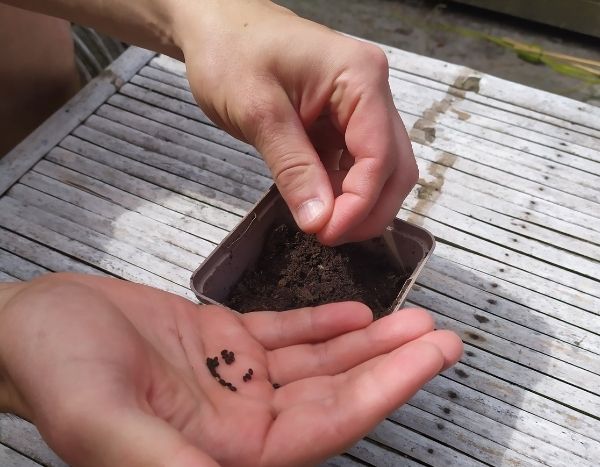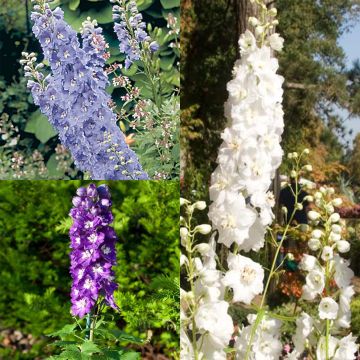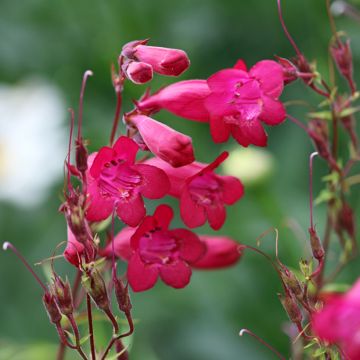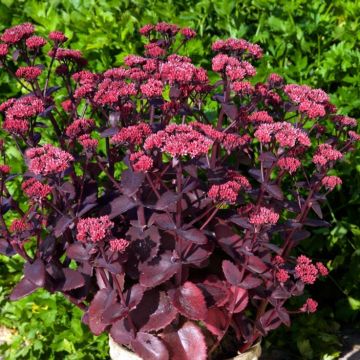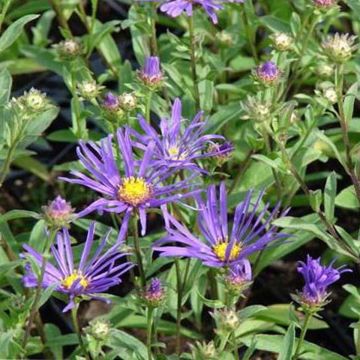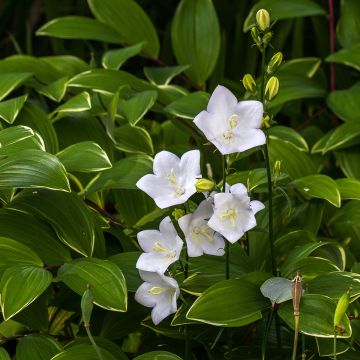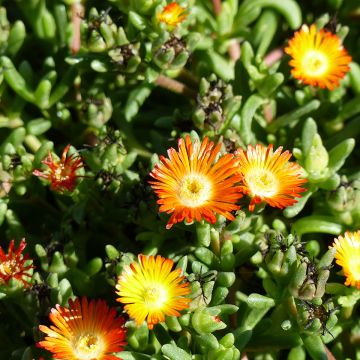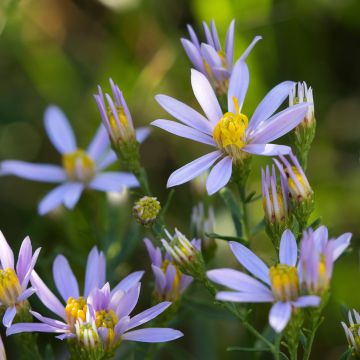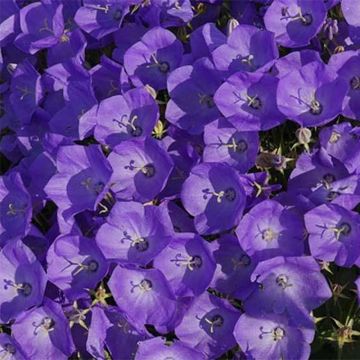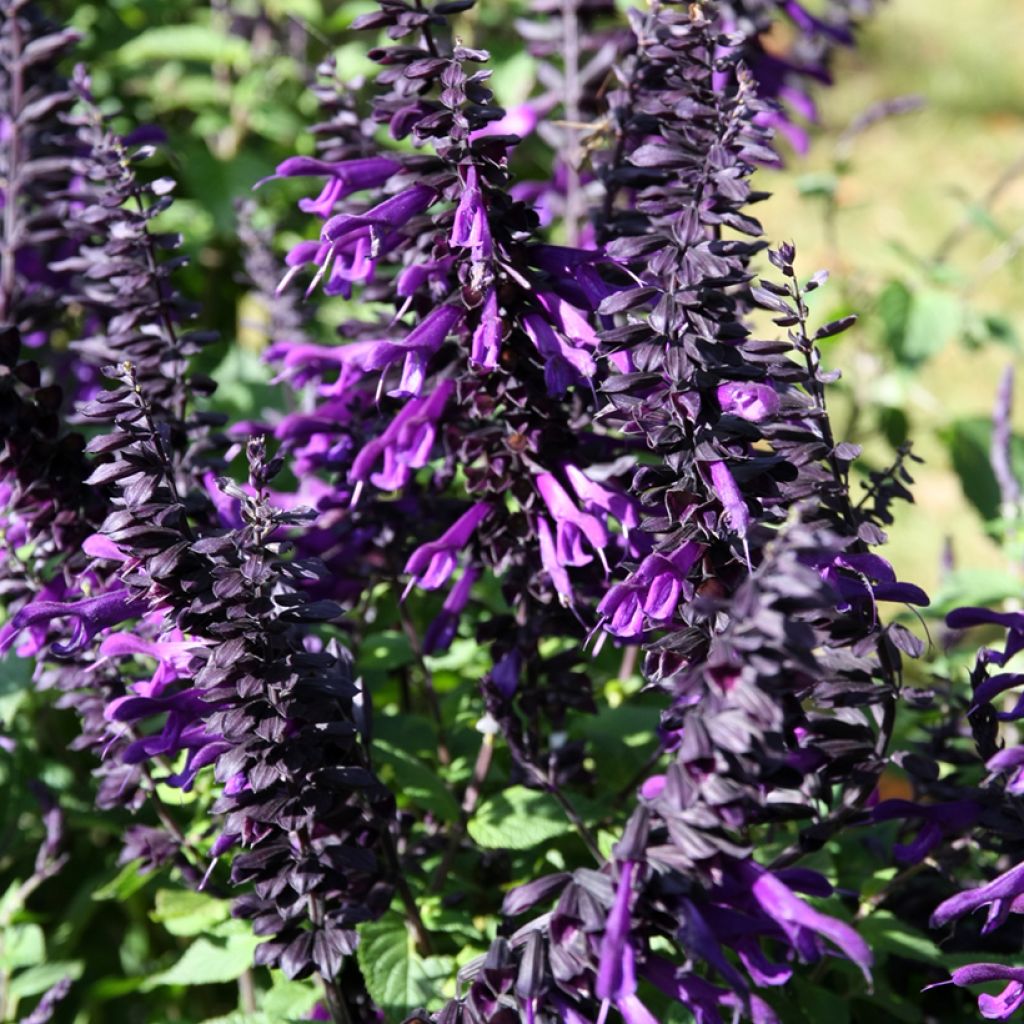

Salvia guaranitica Amistad violet
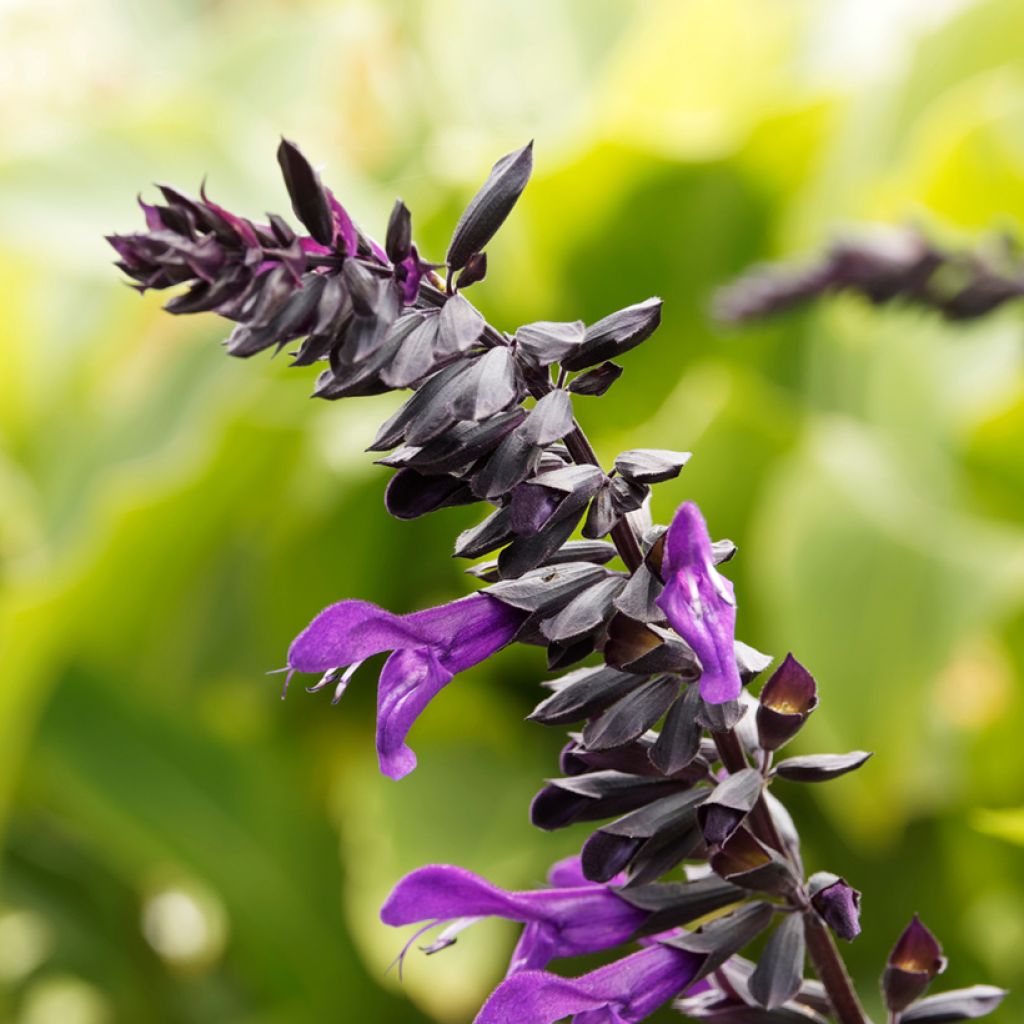

Salvia guaranitica Amistad violet
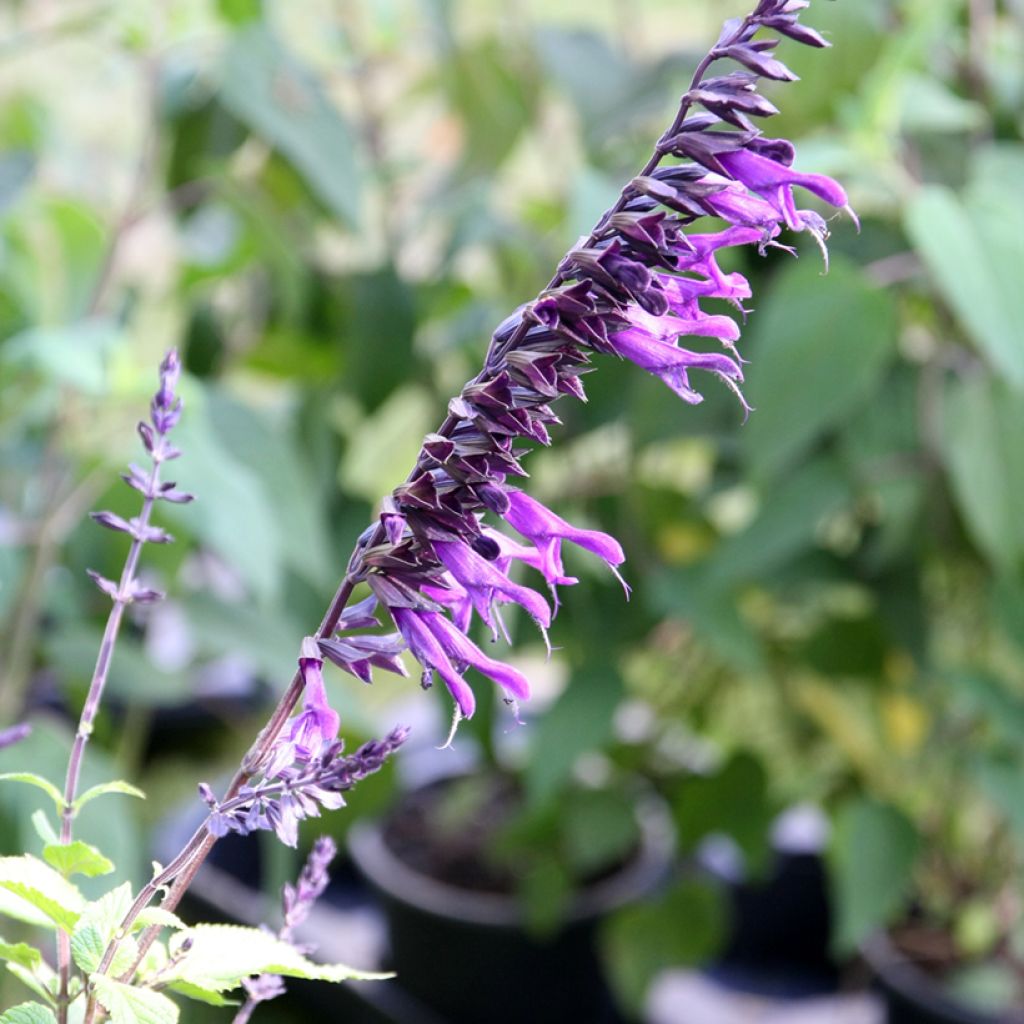

Salvia guaranitica Amistad violet
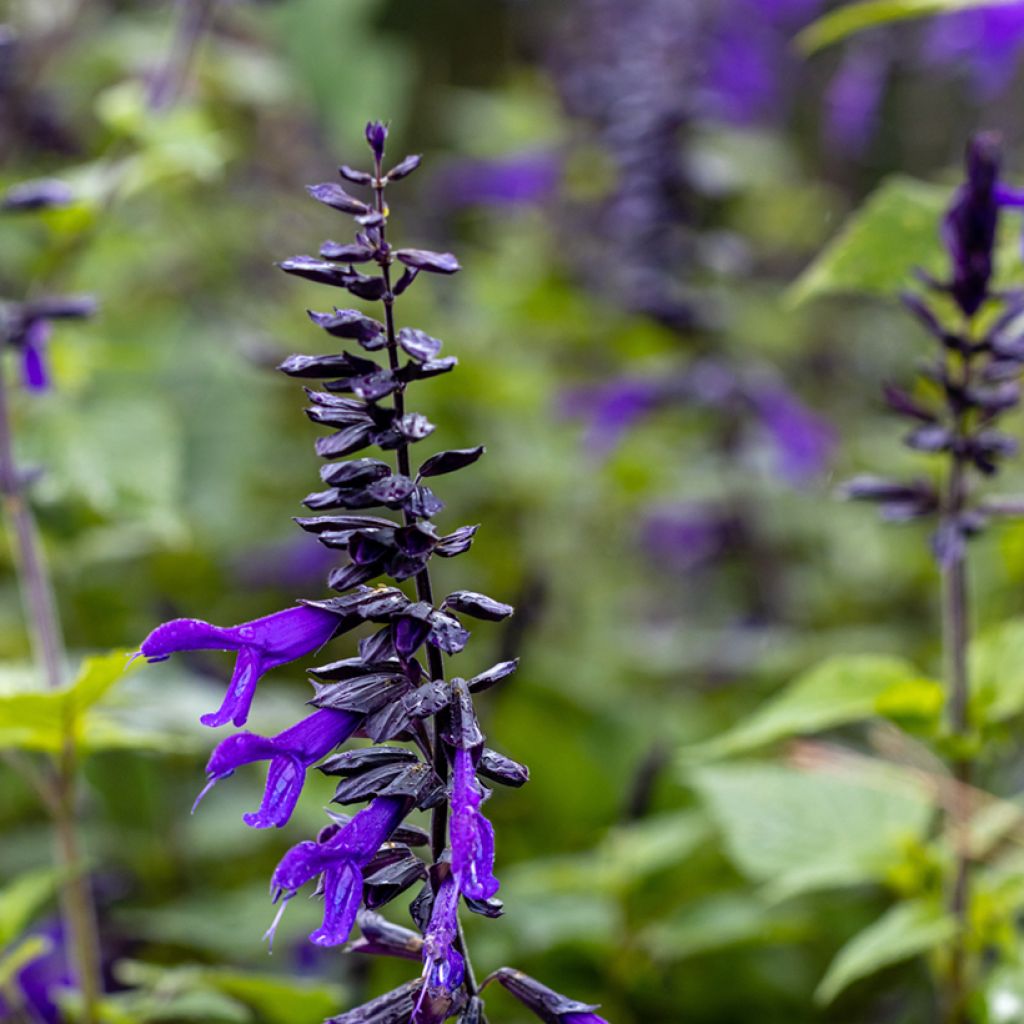

Salvia guaranitica Amistad violet
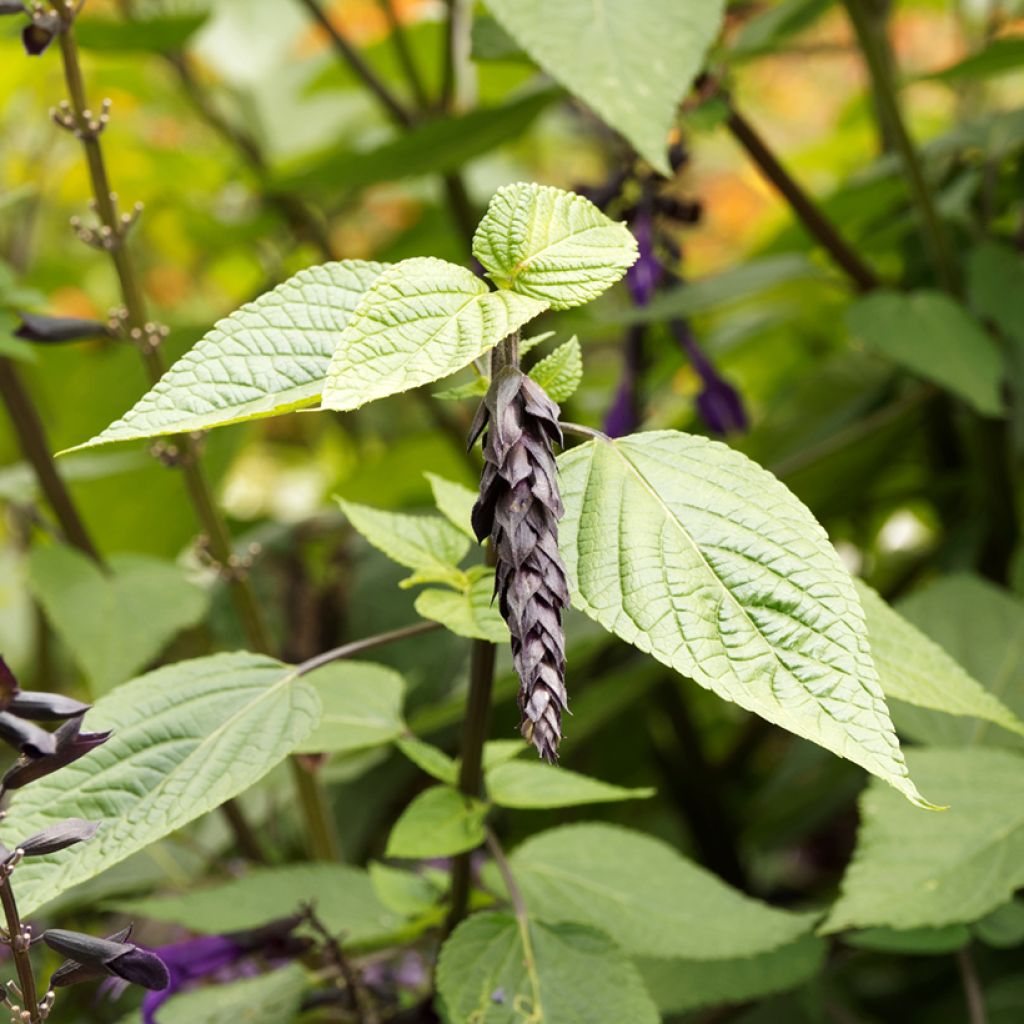

Salvia guaranitica Amistad violet
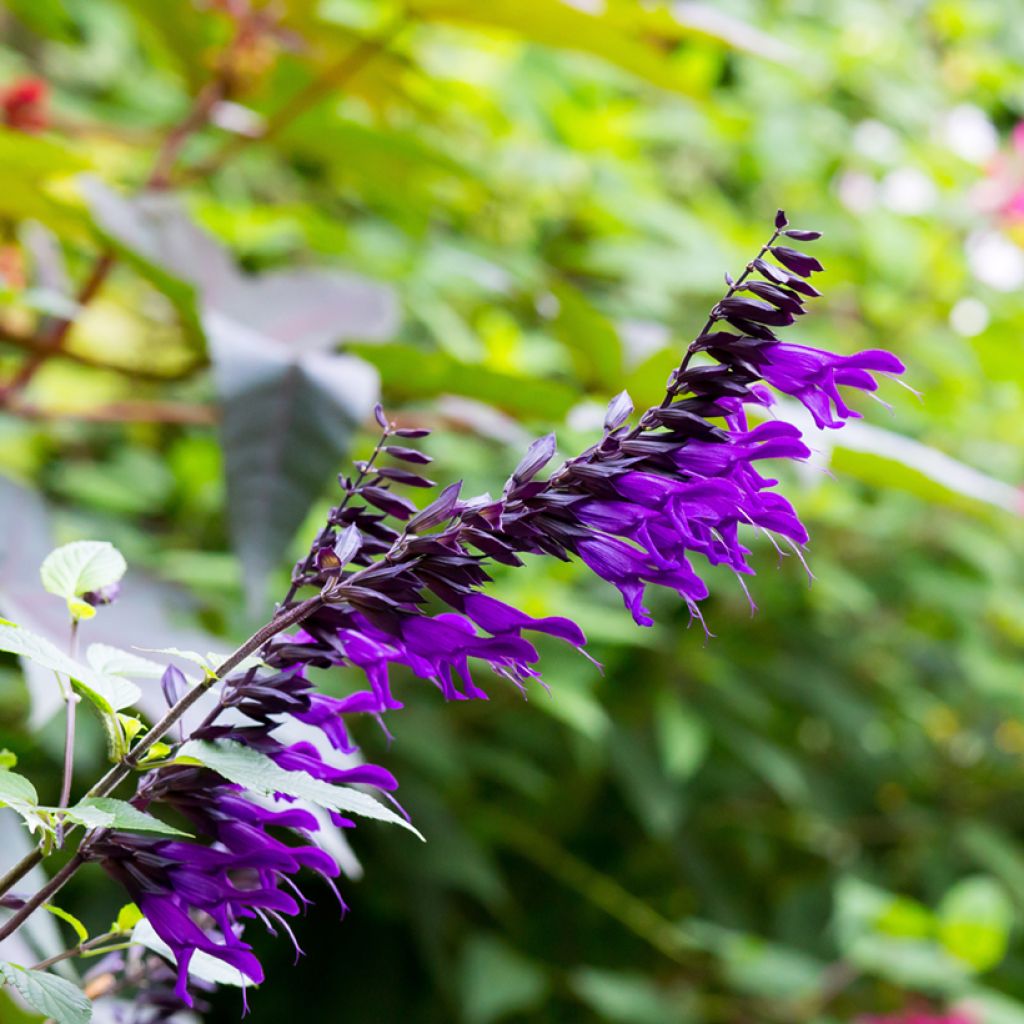

Salvia guaranitica Amistad violet
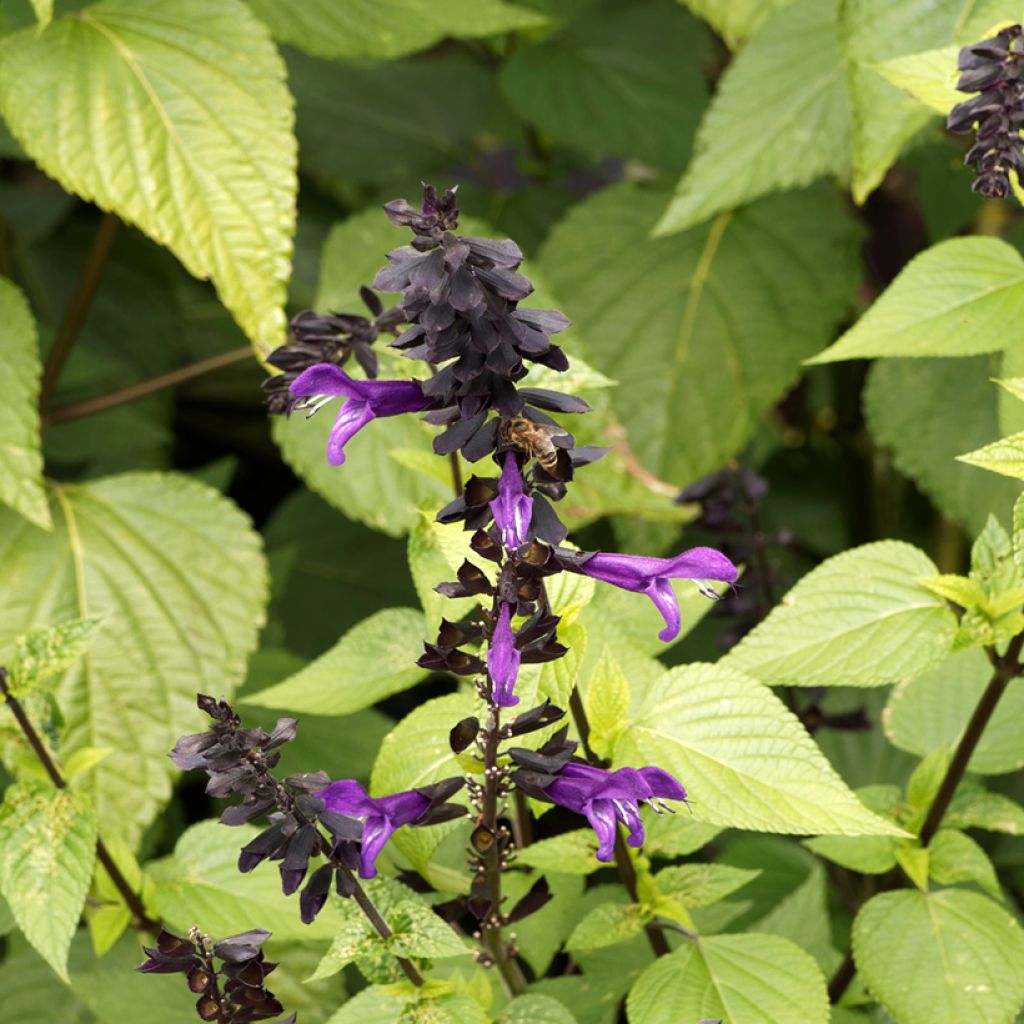

Salvia guaranitica Amistad violet
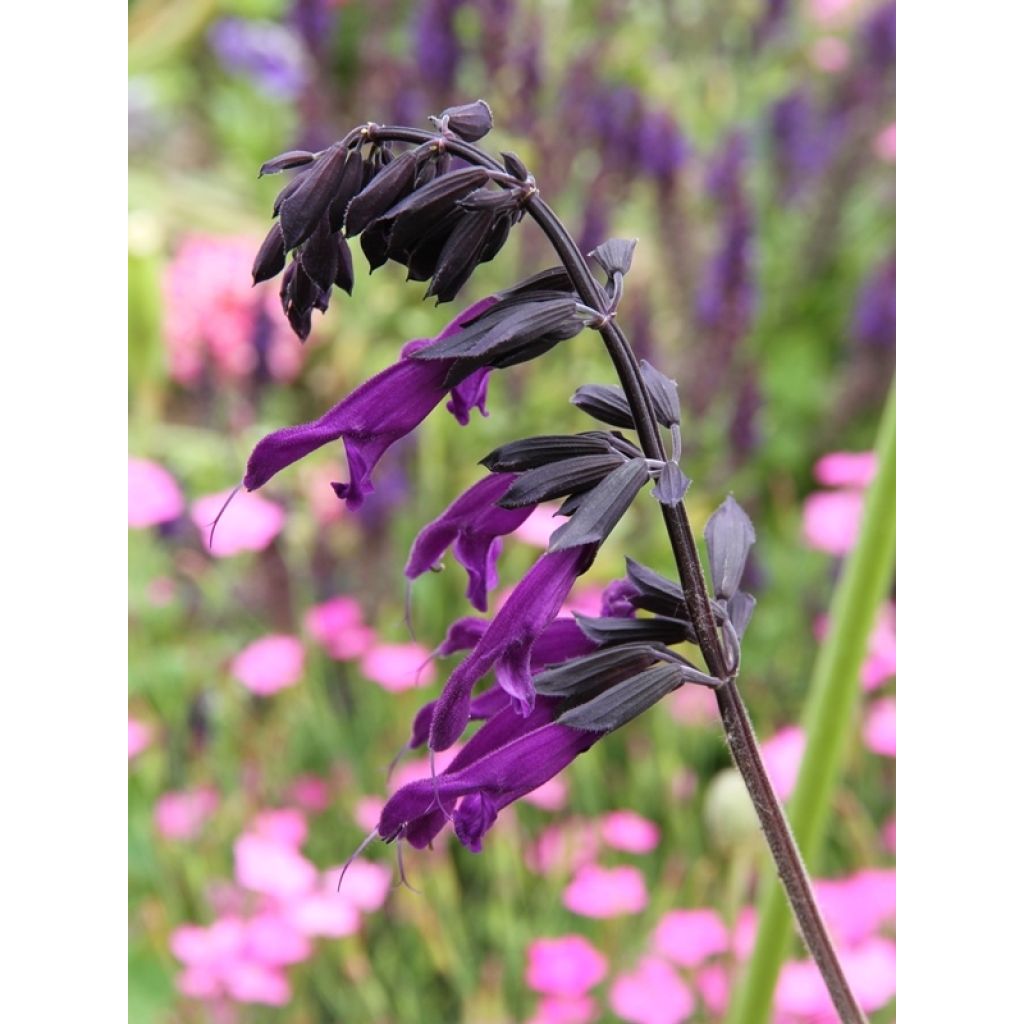

Salvia guaranitica Amistad violet
Salvia guaranitica Amistad violet
Salvia x guaranitica Amistad violet
Sage
One year after planting, this sage has grown to over a meter in height—it's magnificent and very full of flowers. Could you please let me know when and how to prune it? Thank you.
Dominique , 17/05/2025
Special offer!
Receive a €20 voucher for any order over €90 (excluding delivery costs, credit notes, and plastic-free options)!
1- Add your favorite plants to your cart.
2- Once you have reached €90, confirm your order (you can even choose the delivery date!).
3- As soon as your order is shipped, you will receive an email containing your voucher code, valid for 3 months (90 days).
Your voucher is unique and can only be used once, for any order with a minimum value of €20, excluding delivery costs.
Can be combined with other current offers, non-divisible and non-refundable.
Home or relay delivery (depending on size and destination)
Schedule delivery date,
and select date in basket
This plant carries a 12 months recovery warranty
More information
We guarantee the quality of our plants for a full growing cycle, and will replace at our expense any plant that fails to recover under normal climatic and planting conditions.

Would this plant suit my garden?
Set up your Plantfit profile →
Description
Salvia 'Amistad' is a beautiful hybrid sage derived from S. guaranitica, but with a semi-shrubby habit more compact than the species. It is a fairly tender perennial plant, whose rapid growth allows it to be grown as an annual. Throughout summer, this variety produces leafy stems bearing long spikes of large dark purple tubular flowers, supported by black bracts. Its large matte green heart-shaped leaves are evergreen in mild climates. This plant is not very hardy, but it is drought tolerant in summer. It looks superb in flower beds, accompanied by small shrubs, or in large containers. It should be grown in well-drained soil and in full sun.
Discovered at a plant market in Buenos Aires in 2005, Salvia 'Amistad' is a horticultural hybrid of uncertain origin, clearly displaying traits of S. guaranitica, a giant shrubby perennial with violet flowers, mixed with some characteristics attributed to S. gesneriiflora, a much shorter species with red-orange flowers. They all belong to the Lamiaceae family.
'Amistad' sage quickly forms a bushy clump of semi-woody stems carrying large leaves measuring 9cm (4in) long and 6cm (2in) wide, with a beautiful shiny green colour on the upper side. The leaves are lighter, hairy, and wrinkled on the underside. It will reach a height of about 60 to 80cm (24 to 32in) in two years and will spread through suckers to a minimum of 50cm (20in). The nectar-rich and honey-producing flowering occurs in summer, early or late depending on the climate. It lasts until the first frosts. The floral spikes are 25cm (10in) long and upright. They are square-sectioned stems, carrying dark purple flowers composed of two elongated lips, surrounded at the base by an almost black sheathing calyx. The flowers measure about 5cm (2in) in length. The hardiness of the stump does not exceed -7°C (19.4°F) in a sheltered position and in dry soil during winter. The cold destroys the above-ground parts of the plant, but the vegetation regrows from the stump the following year.
'Amistad' sage thrives in well-drained soils, under a warm temperate climate. It is a beautiful plant, ideal for flower beds of tall perennials or small shrubs. In mild oceanic or Mediterranean climates, it can accompany robust perennial plants such as cardoons, hollyhocks, bronze fennel, Gypsophila paniculata 'Flamingo', or shrubs that will keep it in check, for example buddleia, Salvia grahamii, gaura, or a spectacular and sculptural grass such as Miscanthus sinensis 'Morning Light', or Cortaderia selloana 'Rosea'. Tall sedums (Sedum 'Matrona'), shrubby potentillas, and tall autumn asters (Aster turbinellus, Aster laevis, Kalimeris mongolica) will also create a charming scene alongside it. On a patio, place it in a very large pot so that you can store it indoors during severe frosts in winter.
Salvia guaranitica Amistad violet in pictures
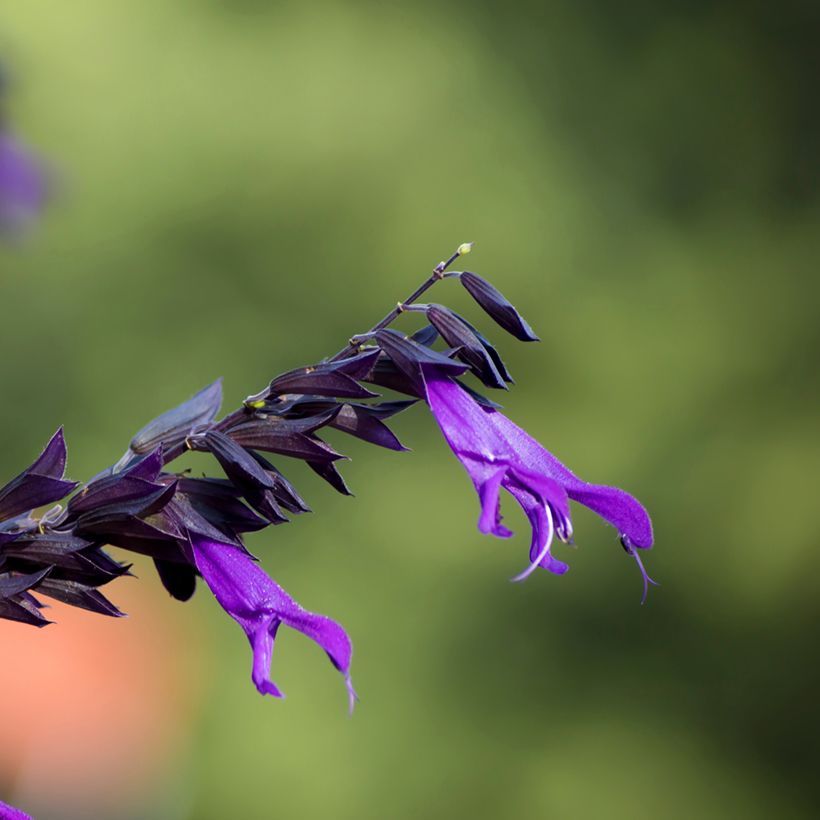

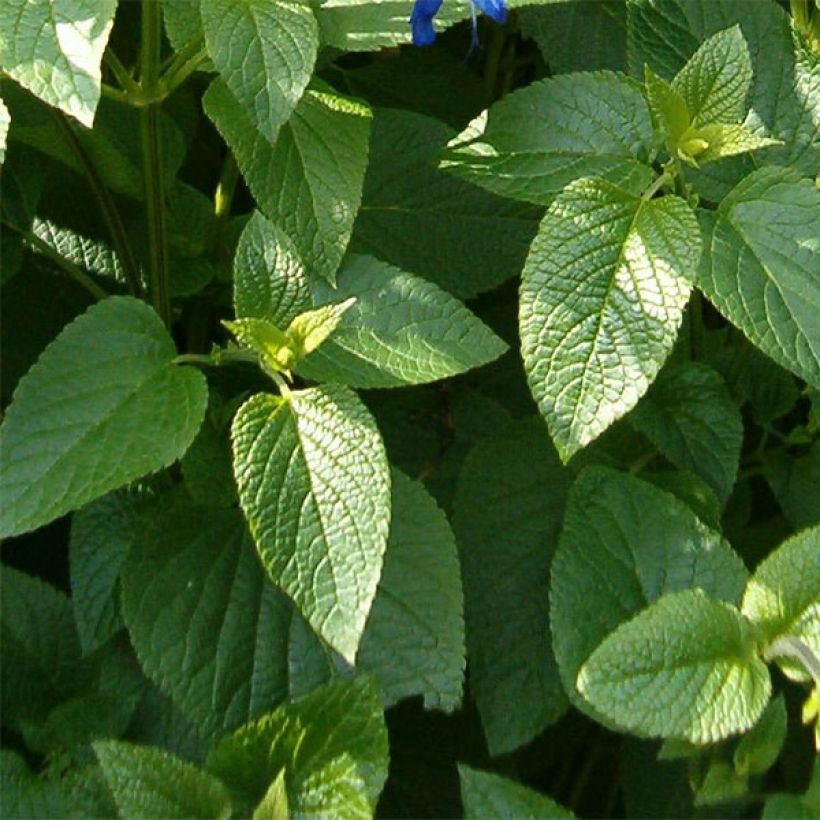

Flowering
Foliage
Plant habit
Botanical data
Salvia
x guaranitica
Amistad violet
Lamiaceae
Sage
Cultivar or hybrid
Other Salvia - Sage
View all →Planting and care
Plant Salvia 'Amistad' after spring frosts in cold climates, or in September-October in warm climates. Plant it in deep, humus-rich, light, not too poor soil, even if occasionally dry in summer. This plant thrives in sunny situations, or even in partial shade. Shelter it from strong winds. In poor soil, incorporate a bit of well-decomposed compost or leaf compost. In cold regions, place it against a south-facing wall, with its base kept dry. Mulch it in winter. Isolate it from cold and rain as much as possible with a waterproof tarp. Plant it in the most sheltered corner of the garden, on a sandy or rocky bank, or in any substrate that does not retain moisture, which would be fatal for it in winter. It tolerates container cultivation well, but the container must be proportional to this vigorous plant. This cultivation method will allow even the most continental gardeners to store it.
Pot cultivation:
Plant Salvia 'Amistad' in full sun from May onwards. Store in a cool, frost-free place in autumn. A well-ventilated location is important for the health of the foliage, which must be able to dry quickly. The plant may be prone to attacks from scale insects indoors or in a greenhouse. During the winter period, watering should be greatly reduced. Severely prune the vegetation in spring.
Note that the growth of this sage is so rapid that it can be perfectly cultivated as an annual.
Planting period
Intended location
Care
Planting & care advice
-
, onOrder confirmed
Reply from on Promesse de fleurs
Similar products
Haven't found what you were looking for?
Hardiness is the lowest winter temperature a plant can endure without suffering serious damage or even dying. However, hardiness is affected by location (a sheltered area, such as a patio), protection (winter cover) and soil type (hardiness is improved by well-drained soil).

Photo Sharing Terms & Conditions
In order to encourage gardeners to interact and share their experiences, Promesse de fleurs offers various media enabling content to be uploaded onto its Site - in particular via the ‘Photo sharing’ module.
The User agrees to refrain from:
- Posting any content that is illegal, prejudicial, insulting, racist, inciteful to hatred, revisionist, contrary to public decency, that infringes on privacy or on the privacy rights of third parties, in particular the publicity rights of persons and goods, intellectual property rights, or the right to privacy.
- Submitting content on behalf of a third party;
- Impersonate the identity of a third party and/or publish any personal information about a third party;
In general, the User undertakes to refrain from any unethical behaviour.
All Content (in particular text, comments, files, images, photos, videos, creative works, etc.), which may be subject to property or intellectual property rights, image or other private rights, shall remain the property of the User, subject to the limited rights granted by the terms of the licence granted by Promesse de fleurs as stated below. Users are at liberty to publish or not to publish such Content on the Site, notably via the ‘Photo Sharing’ facility, and accept that this Content shall be made public and freely accessible, notably on the Internet.
Users further acknowledge, undertake to have ,and guarantee that they hold all necessary rights and permissions to publish such material on the Site, in particular with regard to the legislation in force pertaining to any privacy, property, intellectual property, image, or contractual rights, or rights of any other nature. By publishing such Content on the Site, Users acknowledge accepting full liability as publishers of the Content within the meaning of the law, and grant Promesse de fleurs, free of charge, an inclusive, worldwide licence for the said Content for the entire duration of its publication, including all reproduction, representation, up/downloading, displaying, performing, transmission, and storage rights.
Users also grant permission for their name to be linked to the Content and accept that this link may not always be made available.
By engaging in posting material, Users consent to their Content becoming automatically accessible on the Internet, in particular on other sites and/or blogs and/or web pages of the Promesse de fleurs site, including in particular social pages and the Promesse de fleurs catalogue.
Users may secure the removal of entrusted content free of charge by issuing a simple request via our contact form.
The flowering period indicated on our website applies to countries and regions located in USDA zone 8 (France, the United Kingdom, Ireland, the Netherlands, etc.)
It will vary according to where you live:
- In zones 9 to 10 (Italy, Spain, Greece, etc.), flowering will occur about 2 to 4 weeks earlier.
- In zones 6 to 7 (Germany, Poland, Slovenia, and lower mountainous regions), flowering will be delayed by 2 to 3 weeks.
- In zone 5 (Central Europe, Scandinavia), blooming will be delayed by 3 to 5 weeks.
In temperate climates, pruning of spring-flowering shrubs (forsythia, spireas, etc.) should be done just after flowering.
Pruning of summer-flowering shrubs (Indian Lilac, Perovskia, etc.) can be done in winter or spring.
In cold regions as well as with frost-sensitive plants, avoid pruning too early when severe frosts may still occur.
The planting period indicated on our website applies to countries and regions located in USDA zone 8 (France, United Kingdom, Ireland, Netherlands).
It will vary according to where you live:
- In Mediterranean zones (Marseille, Madrid, Milan, etc.), autumn and winter are the best planting periods.
- In continental zones (Strasbourg, Munich, Vienna, etc.), delay planting by 2 to 3 weeks in spring and bring it forward by 2 to 4 weeks in autumn.
- In mountainous regions (the Alps, Pyrenees, Carpathians, etc.), it is best to plant in late spring (May-June) or late summer (August-September).
The harvesting period indicated on our website applies to countries and regions in USDA zone 8 (France, England, Ireland, the Netherlands).
In colder areas (Scandinavia, Poland, Austria...) fruit and vegetable harvests are likely to be delayed by 3-4 weeks.
In warmer areas (Italy, Spain, Greece, etc.), harvesting will probably take place earlier, depending on weather conditions.
The sowing periods indicated on our website apply to countries and regions within USDA Zone 8 (France, UK, Ireland, Netherlands).
In colder areas (Scandinavia, Poland, Austria...), delay any outdoor sowing by 3-4 weeks, or sow under glass.
In warmer climes (Italy, Spain, Greece, etc.), bring outdoor sowing forward by a few weeks.






























